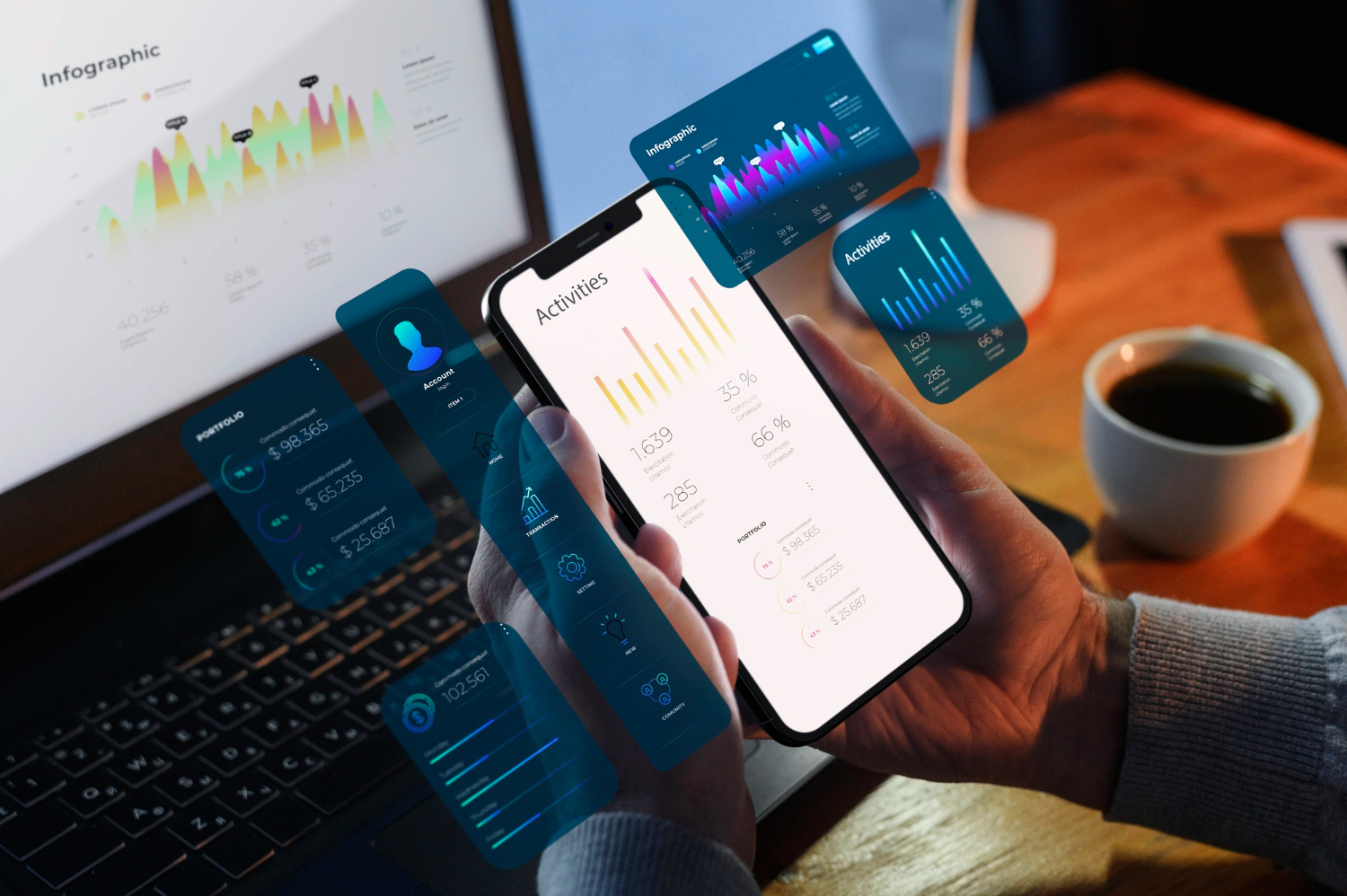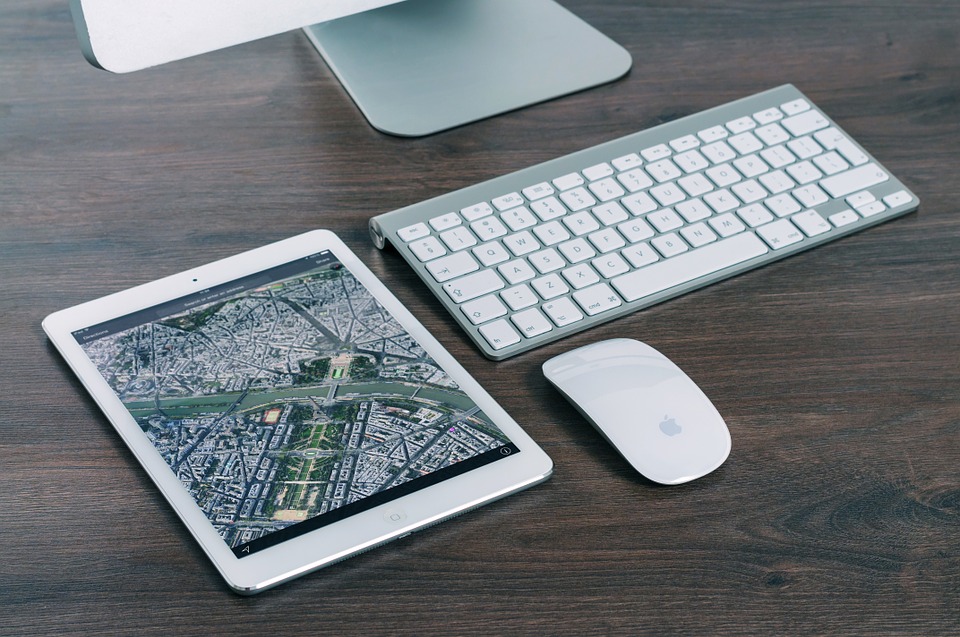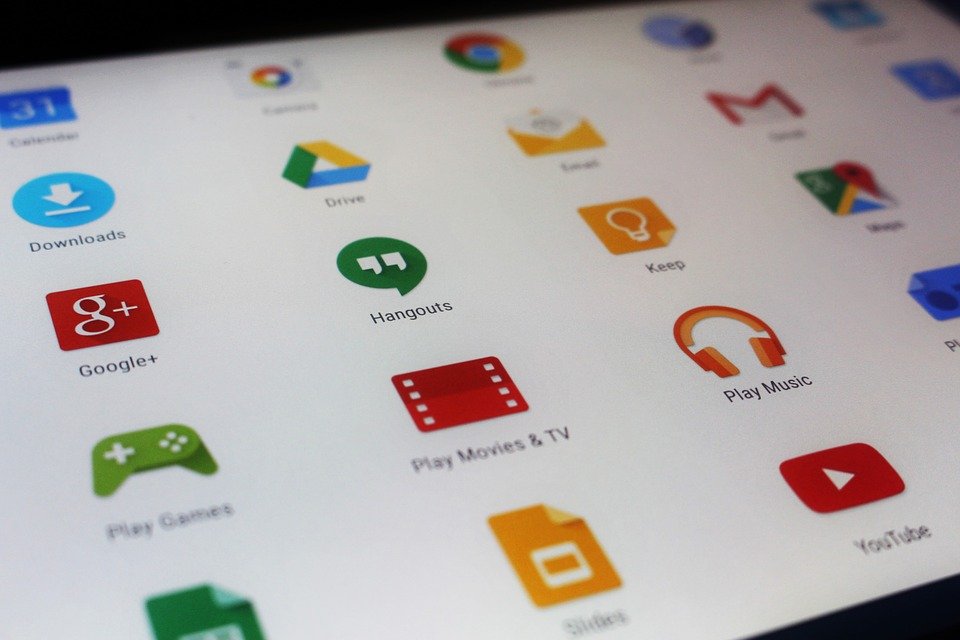Are you a businessman? Then, you need to convert your website into an app NOW!
If you are thinking you already have a responsive website, then think again. In this smartphone-driven world, having a responsive website is not enough. You need to go where your users are. With the increasing number of mobile users, it is a necessity to have a mobile app for your business.
If you are still not convinced why you need a mobile app, read these reasons given below. They will surely change your mind.
1. Increased Number Of Mobile Users
It is seen that the number of mobile users has elevated drastically over the past few years. As it takes more time to load a website on the desktop, people prefer the mobile phone over desktops. They like to have access to everything on their mobile phones.
If you are not good at technology and want to create websites or apps you can look for easiest web page builder platforms online.
2. Increased And Accessible Audience
With a mobile app, you are going closer to your customers as it offers a personalized user experience. You will be more accessible to your customers as you will be only one click away from them.
Also, you can provide better services based on their interests, location, and more. This, in turn, will increase your company’s productivity and prove your loyalty to them.
3. Easy To Read And Share The Content
Having your mobile app, the user can effortlessly visit it anytime without having to access a desktop or remembering your address. They can easily read your content without the logging into the system every time as your icon will be at their fingertips.
Apps also make sharing of the content effortless as users are already logged in to their accounts. This brings more traffic and users to your website.
Read also: 5 Importance of proofreading your website content
4. Increased Audience Engagement
Push notifications are the best part of mobile apps. You can easily reach your users and let them know about your updated features and content. You can also send custom messages that will keep your brand fresh in the user’s mind, which in turn increases traffic to your app.
You can also present your customers with great offers and discounts based on their likes and dislikes to increase their engagement. It is not difficult to convert your website into an app. You can easily find a free website builder for mobile apps on the internet.
5. An App Increases SEO
Google has started to link your website to the application. So, an app will be a must-have in the future time if you want to be in good eyes of Google. It will not only increase traffic but also rank you on Google.
Read also: How to Monitor the SEO Health of Your Website
6. Elevate Your Brand
With increasing technology, people are looking forward to new technologies every day. If you keep up with the latest trend, you are more likely to increase your business. People spend more time on their phones, so this increases your brand name if they can reach to you through their phones.
7. You Can Have More Control Over The Customer Experience
With mobiles apps, you can design a unique and influential user experience according to their device and needs. It also allows you to have a faster interface for great speed.
Mobile apps let you have all the basic information about your users such as their experience, likes, dislikes. So you can consider these and give them the best service.
These are the reasons why you should convert your website to a mobile app. Now, you know all the benefits of having an application. So, what are you waiting for? Find a free website builder for mobile apps now!





















